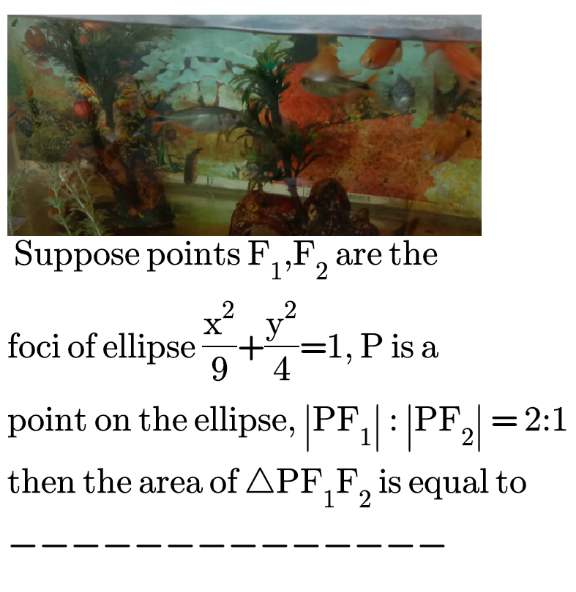
Relation and FunctionsQuestion and Answers: Page 9
Question Number 145940 Answers: 0 Comments: 0
Question Number 145939 Answers: 0 Comments: 0
Question Number 145938 Answers: 1 Comments: 0
Question Number 145936 Answers: 0 Comments: 0
Question Number 146041 Answers: 3 Comments: 0
Question Number 145809 Answers: 1 Comments: 0
$$\mathrm{prove}\:\mathrm{1}+\mathrm{2}+\mathrm{3}+.....=−\frac{\mathrm{1}}{\mathrm{12}} \\ $$
Question Number 145750 Answers: 0 Comments: 0
Question Number 145749 Answers: 1 Comments: 0
Question Number 145748 Answers: 1 Comments: 0
Question Number 145746 Answers: 0 Comments: 0
Question Number 145729 Answers: 0 Comments: 0
Question Number 145634 Answers: 2 Comments: 0
Question Number 145633 Answers: 0 Comments: 0
Question Number 145516 Answers: 2 Comments: 0
Question Number 145515 Answers: 1 Comments: 0
Question Number 145514 Answers: 1 Comments: 0
Question Number 145420 Answers: 1 Comments: 0
Question Number 145391 Answers: 2 Comments: 0
Question Number 145390 Answers: 1 Comments: 0
Question Number 145338 Answers: 1 Comments: 0
Question Number 145294 Answers: 2 Comments: 0
Question Number 145165 Answers: 1 Comments: 0
Question Number 145119 Answers: 3 Comments: 0
Question Number 145000 Answers: 0 Comments: 1
Question Number 144781 Answers: 1 Comments: 0

Question Number 144702 Answers: 1 Comments: 0
